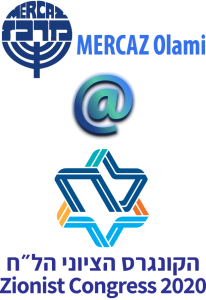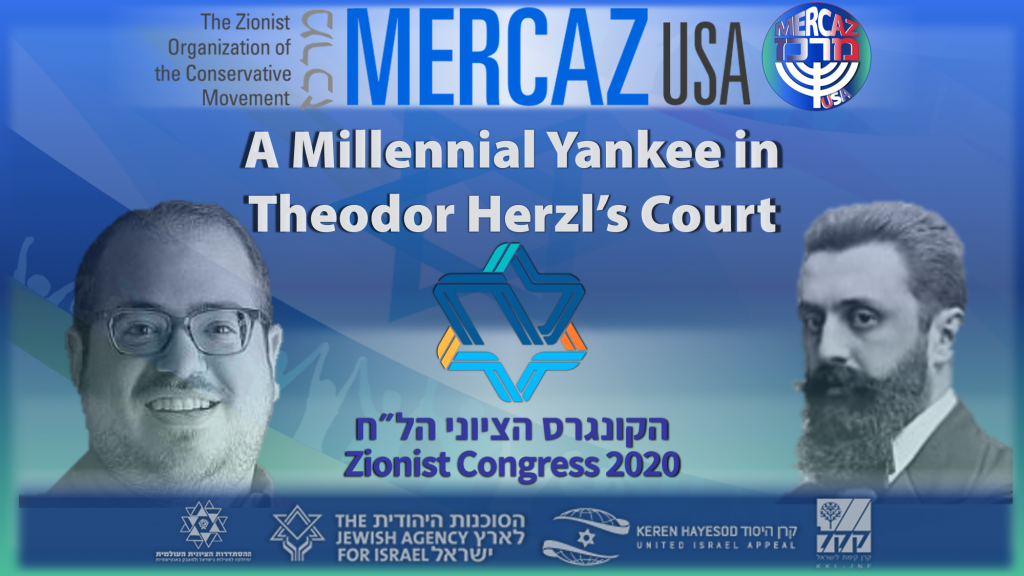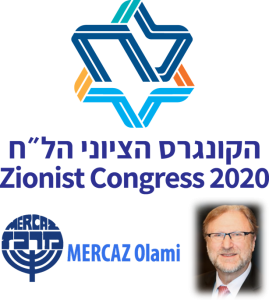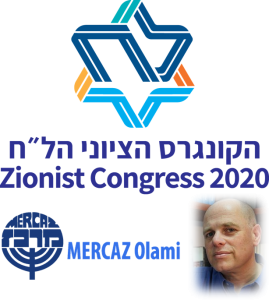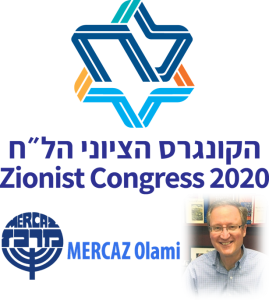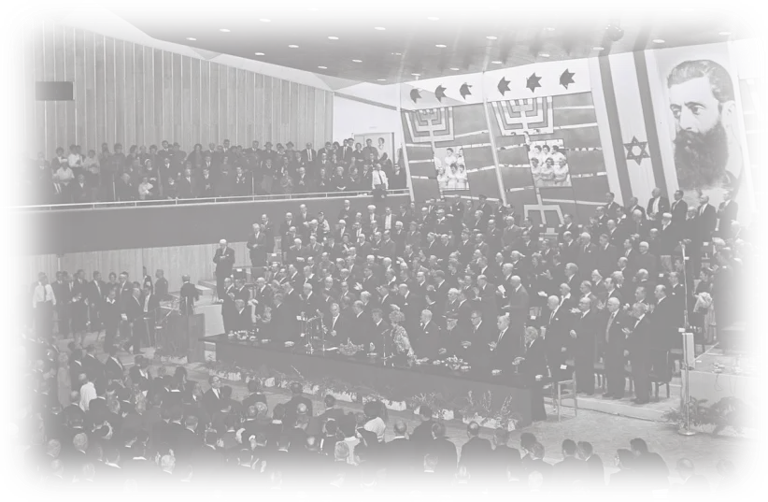
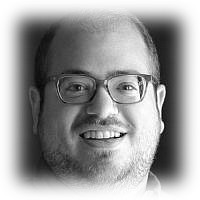 Eric Leiderman, Board Member, MERCAZ USA
Eric Leiderman, Board Member, MERCAZ USA
In late October, I was supposed to be in Israel attending the 38th World Zionist Congress, as a young adult delegate on the Mercaz slate. However, as with every other conference held since March 2020, we met in cyberspace instead of the International Convention Center in Jerusalem. The building initially built to house this Congress has done so every five years for the past six decades. Even though I could not be there in person, I was reminded of the importance of my participation in the Congress from my apartment thousands of miles away in the United States.
The World Zionist Congress – held every five years since 1946 – was established by Theodor Herzl in 1897 as the supreme organ of the World Zionist Organization (WZO). The purpose of the WZO is to set the agendas and budgets for several National Institutions: (1) The Jewish Agency for Israel (JAFI) – responsible for Zionist education in the Jewish Disapora, as well as recruitment and facilitation of Aliyah (immigration) to Israel, (2) Keren Kayemet LeYisrael/ Jewish National Fund (KKL/JNF) – responsible for fundraising throughout the diaspora to build and develop the Land of Israel. Examples of KKL/JNF’s work are Israel’s famous forestry projects, waterworks, and modern initiatives to build the economies of Israel’s peripheral communities, and (3) Keren Hayesod. This institution is probably the least familiar of the three organizations to American Jewry since, for us, many of this organization’s functions are handled by the Jewish Federations of North America (JFNA); namely raising funds from the Jewish community allocated for Jewish education and programming.
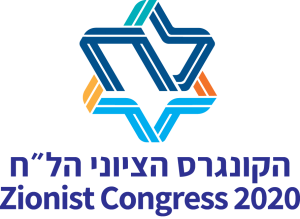 At this year’s World Zionist Congress we voted on policy resolutions, an amendment to the WZO Constitution, and elected the officers who will implement these policy changes. These people will also be responsible for distributing the equivalent of nearly one billion U.S. dollars annually.
At this year’s World Zionist Congress we voted on policy resolutions, an amendment to the WZO Constitution, and elected the officers who will implement these policy changes. These people will also be responsible for distributing the equivalent of nearly one billion U.S. dollars annually.
What makes the World Zionist Congress exceptionally Jewish is the sheer number of political parties and factions that make up its membership. At this year’s Congress, 521 delegates were seated, pulling from two dozen slates with the smallest slate representation coming in at just two delegates, compared to the 114 delegates representing Israel’s Likud Party and 97 from the joint list of the global Reform and Conservative (Masorti) Movements’ Arzenu/Mercaz Slates.
Now for the drama.
With hundreds of people representing the entire spectrum of Jewish backgrounds, priorities, and interests, you can imagine that there will be some tension. For those attending the Congress, or following closely, there was a rash of spicy tweets, sour misinformation, and dry Jerusalem Post articles. This year, the spectrum of representation grew even larger when a new Ultra-Orthodox slate made headlines by garnering enough support to be awarded 25 seats. With this new slate’s arrival, a new infamous plot twist was launched. In a break from over a century of tradition, a Right-Wing-Ultra-Orthodox voting bloc attempted to seize control of the National Institutions by trying to treat this Congress in much the same way as the Israeli Knesset functions; by forming a majority coalition government.
Yet, in what I can only see as the biggest miscalculation in Zionist Congress history, this immediately forced into existence an opposition bloc.
As it was quite frantically explained during a pre-Congress party caucus, the tradition of the World Zionist Congress is to overcome the stereotypes of overly opinionated Jews by forging a “wall-to-wall” or collective bargaining agreement. In which every faction – left, right, center, religious, secular – is represented and equitably allocated officers within the National Institutions.
After successful political maneuvering by the leadership of the global Reform and Conservative (Masorti) Movements, along with unprecedented pressure from the women’s Zionist organizations (Hadassah, Na’amat, WIZO), along with their centrist and left-wing Israeli allies, this Congress was no exception to the tradition of forming “wall-to-wall” agreements. For the first time since the position was vacated by Ehud Avriel in 1972, in addition to the Chairperson, there will be a President of the World Zionist Organization. In a doubly historic move, this seat will be filled by a woman from the center-left liberal Zionist party. This appointee will serve as a goodwill ambassador of the Zionist movement to every sector of the global Jewish community.
Other key contested roles included the Deputy WZO Chairperson and Deputy Head of the Jewish Agency (JAFI) and will be filled by representatives from the Reform and Conservative (Masorti) Movements. The centrist Blue and White Party, headed by Alternate Prime Minister of Israel Benny Gantz, will fill the Keren Hayesod Chair. A position much sought after by the new Ultra-Orthodox party, Chair of the KKL/JNF Education Committee, will be shared in rotation first by this new group and followed by Blue and White.
Additionally, this new Ultra-Orthodox party sought to create a new department within the WZO specifically for “Orthodox Spiritual Services.” Not only did this attempt fail, but the new collective agreement stipulates that all WZO departments must work with all sectors of Israeli society and diaspora Jewish communities.
Beyond the politics of the slates, delegates to the World Zionist Congress were assigned to various committees focusing on specific issues. Meeting over Zoom, each committee discussed resolutions submitted prior to the Congress to be modified or amended before being put to a vote. Not surprisingly, voting took place almost entirely along party lines. However, each committee member was free and able to contribute directly in these meetings, as it served their particular interests. There were five committees in all representing the primary policy concerns of the Zionist movement. Most importantly promotion of Aliyah (immigration to Israel), Zionist education, Hebrew language and culture, diversifying voices within the Zionist movement while working toward a united Jewish People, combating anti-Semitism/anti-Zionism, and empowering the next generation of Zionist.
It is this final point that brought me to this year’s virtual Zionist congress. According to Congressional rules, at least one fourth of each slate must be 35 years old or younger. As a co-founder of the grassroots organization Masorti On Campus, I ranked as an alternate delegate to the previous World Zionist Congress in 2015. This time around I am now President of Masorti On Campus and a board member of MERCAZ USA, the Zionist arm of the American Conservative Movement, and accordingly was placed as the highest ranking “young” person on their slate.
Rhetorical questions and snide comments aside as to what any of us could, should, or would do to empower the next generation of American Jews is a column for another week. Yet, for all the talk from Congressional veterans and party elders, it was the nonpartisan American Zionist Movement (AZM) who did the most for the young adults at this year’s Congress. Beginning with a pre-Congress Zoom meetup that included a succinct rundown of what to expect from the Congress, along with what we would be missing by not meeting in person. Following the initial program we were broken up into small groups that were purposefully mixed to allow members of different slates to meet each other for the first time. This event was coincidentally held at a crucial moment as rumblings of the alleged right-wing “power grab” were already abound. My breakout group included delegates and alternates from Arza (Reform), Eretz Hakodesh (Ultra-Orthodox), Hatikvah (Progressive), Mercaz (Conservative/Masorti), Mizrachi (Modern Orthodox), and ZOA.
As a direct result of this initial AZM young delegates event, a WhatsApp group was opened allowing for candid and sometimes heated dialogue between members of different parties. In an attempt to maintain civil discourse, the AZM team arranged an optional midweek Zoom call for young delegates to meet with Herbert Block, AZM executive director, to help share more of the history of the “wall-to-wall” agreements and the processes that were taking place behind closed doors. Aside from the in-person “wall-to-wall” negotiations at the National Institutions Building in Jerusalem, and official committee meetings over Zoom, sadly, it is possible that these few conversations were the only substantive interactions between members of different parties.
I would be remiss if I did not highlight our greatest strengths. Why did we fight tooth and nail to pitch the widest tent possible? It is our variety of opinions. Disagreements can be healthy and welcome, particularly when seeking to craft resolutions with the greatest impact. However, when we are nasty and deride each other, we not only create division but foster an air of Sinat Chinam (senseless hatred) – a destructive force that has gotten us into trouble before. If I were to boil down the true essence of the Mercaz platform it would be an unquenchable thirst for pluralism. One of the frustratingly beautiful aspects of the Conservative Movement is that no two Conservative Jews could ever agree on what it means to bear that label. We struggle in a polarized world, finding an us-versus-them mentality abhorrent, and thrive on the notion that amicable agreements can be reached.
After many months of campaigning, it was these three days in October filled with passionate Zionists across every time zone, working hard to make sure their community’s interests were represented. It was extraordinary to witness. I am encouraged by the changes afoot and by the unity and strength of the center-left Zionist community. For those of us who view the values of Zionism to be not only those of Jewish nationalism and peoplehood but also of a shared pluralistic nature, there is hope. With the new “wall-to-wall” collective agreement in place, the next five years will hopefully inculcate the principles of transparency, quality, and accountability much needed in our National Institutions.
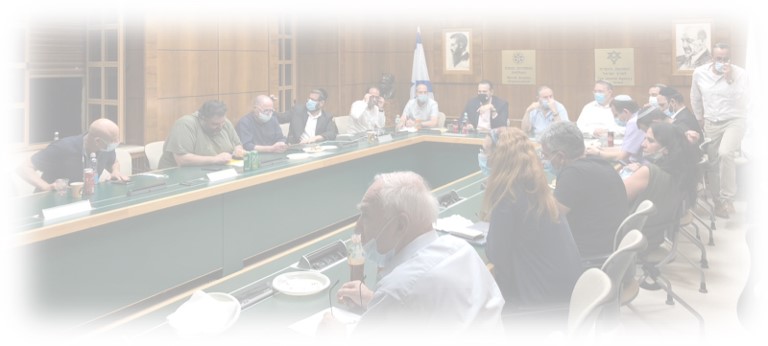
Eric Leiderman (@EricLeiderman) is a Deputy Member to the Zionist General Council, Founder & Creative Head at MASORTI X, President & Co-Founder of MASORTI On Campus (@MasortiCampus), and a board member of MERCAZ USA. Eric grew up in the New York Metropolitan Area, and has spent significant time in several North American Jewish communities as well as in Israel. He currently resides in Chicago, Illinois with his fiancé.

Masorti on Campus is a project of MERCAZ USA.


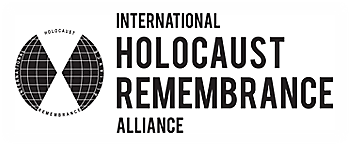

 In the midst of the emerging pandemic and in the wake of the World Zionist Congress election campaign, MERCAZ USA launched an online book club featuring contemporary Israeli literature that provides insight into and understanding of the lives and concerns of our Israeli counterparts: MERCAZ READS ISAREL, a partnership between MERCAZ USA, MERCAZ Canada, MERCAZ UK, and the Israel Forever Foundation.
In the midst of the emerging pandemic and in the wake of the World Zionist Congress election campaign, MERCAZ USA launched an online book club featuring contemporary Israeli literature that provides insight into and understanding of the lives and concerns of our Israeli counterparts: MERCAZ READS ISAREL, a partnership between MERCAZ USA, MERCAZ Canada, MERCAZ UK, and the Israel Forever Foundation.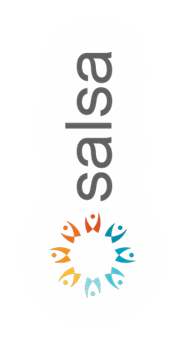 It may not be sexy. Most likely, it will not be the topic of conversation on a Zoom call before your meeting is called to order. In fact, the impact this development will have on your day to day life will probably be zero. However, MERCAZ USA is in the process of making major upgrades to its digital infrastructure: Our objective is to effectively connect with and engage more individuals and synagogues, more widely disseminate educational materials to educators, youth directors, and camp staff, and involve greater numbers of people in initiatives such as MERCAZ READS ISRAEL to promote our mission and prepare ourselves for the next World Zionist Congress election campaign in 2025.
It may not be sexy. Most likely, it will not be the topic of conversation on a Zoom call before your meeting is called to order. In fact, the impact this development will have on your day to day life will probably be zero. However, MERCAZ USA is in the process of making major upgrades to its digital infrastructure: Our objective is to effectively connect with and engage more individuals and synagogues, more widely disseminate educational materials to educators, youth directors, and camp staff, and involve greater numbers of people in initiatives such as MERCAZ READS ISRAEL to promote our mission and prepare ourselves for the next World Zionist Congress election campaign in 2025.
 MERCAZ USA is a proud signatory on this letter – drafted by the ADL – sent to every U.S. Senator, urging each of them to work in partnership to enact the
MERCAZ USA is a proud signatory on this letter – drafted by the ADL – sent to every U.S. Senator, urging each of them to work in partnership to enact the 